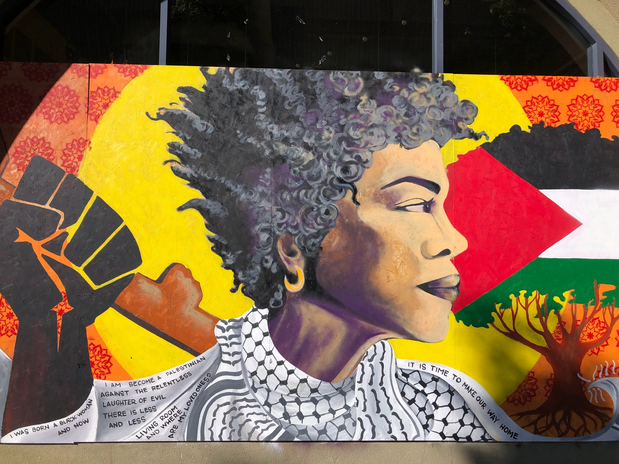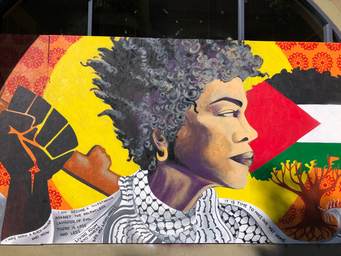In 2011, Egypt had its Arab Spring, a series of anti-government protests, rebellions, and uprisings, armed and unarmed. The people of Egypt called for the removal of their president Hosni Mubarak and a push for democracy. However, this wasn’t the first push of the Arab Spring, but it is a highly notable one. The first push of the Arab Spring came in 2010, in Tunisia when the population took to the streets for the Jasmine Revolution which began after a street vendor lighting himself on fire in protest after his vegetable stand was seized by police due to failure to receive a permit.
By 2011, at the forefront of the uprisings, were the women. The acts in Tunisia had inspired neighboring Arab populations to take a stand. Women, amongst all others, rallied in the streets of Egypt, as others throughout the Arab world followed suit and showed their support and desire for a better life. These people, of the Arab world, demanded the overthrow of the corruptive and repressive regimes that had been in power for decades. Many fell quickly, their leaders fleeing to other nations such as Saudi Arabia; others fell into full-scale civil wars, such as Syria and Yemen.
The massive participation of women in the Arab Spring in 2011, shocked regimes and oppressors. Almost all had expected the women to remain quiet and watch from the sidelines silently. The assumption was that the women would sit by and stay out of the demonstrations as well as other uprising-related activities due to possible threats to their lives. But if there is anything the world has learned about women, it is that we are no longer willing to sit silently by, and never again will we be content to do only that, when we are capable of so much more.
One of the more notable protests was that of Tahrir Square in Egypt. The involvement of women showed that there was widespread unrest throughout the population felt by all the people of Egypt. The women of Egypt helped contribute to the quick downfall of Hosni Mubarak, the Egyptian president since 1981, and his regime. Their strength in speaking out showed the possibilities for women in resistance, peace, and change. There had been no anticipation that there would be any involvement of the Egyptian women at all.
However, in Egypt and a few other nations, since the removal of their dictator-type leaders, several smaller regimes have come into power and used tactics such as repression, armed violence, and expropriation, leaving the women in a further deteriorating state. Many people have even blamed the Arab Spring for this devolution.
Throughout history, there have been “springs” in different parts of the world, one of the more notable ones taking place in the late 60s, the Prague Spring. This type of uprising is considered to be notable because there is no relation to foreign requirements, they were not instigated by the intentions of a foreign country and all of the political, social, and economic circumstances indicated a revolution to come.
The women of the Arab Spring created a shockwave when they made the decision to lead, rather than to follow. They inspired women around both Muslim and non-muslim countries — but in the course of counterrevolution and the many mini regimes to come, they have been forgotten and swept aside, just as women have been many times throughout history.
There are still a number of nations in the Arab world suffering from the repercussions of their Arab Spring. Some you’ve heard of and seen on the news, like the Syrian civil war and its subsequent refugee crisis. Others we’d never know about unless we looked.
I often write about the Middle East. It is a region that is close to me, and something I believe needs to be talked about in a more unbiased perspective by the Western world.
So to celebrate Women’s History month, I choose to remember the women of the Arab Spring, who didn’t give in to the expectations laid out before them and who spoke loud when it mattered most for their countries.



